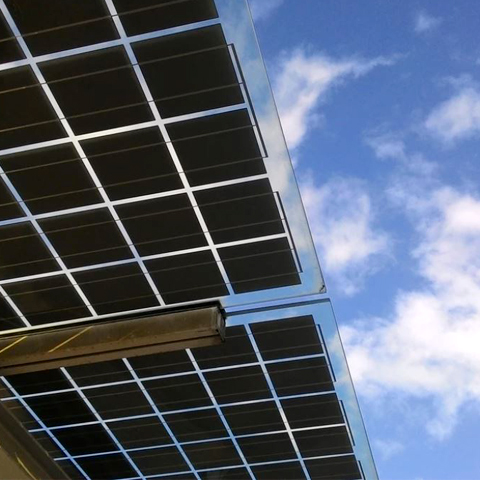Hello, Sunshine! Platt/Whitelaw Architects Helps SDUSD Schools Go Solar
By Sandra Gramley, AIA, LEED ap BD+C At Platt/Whitelaw, we’re helping empower schools in more ways than one. While school design and modernization have long been part of our work product, some recent San Diego Unified School District (SDUSD) directives have us literally powering schools. As of September 2020, 7,332 K-12 schools throughout the nation [&hell




